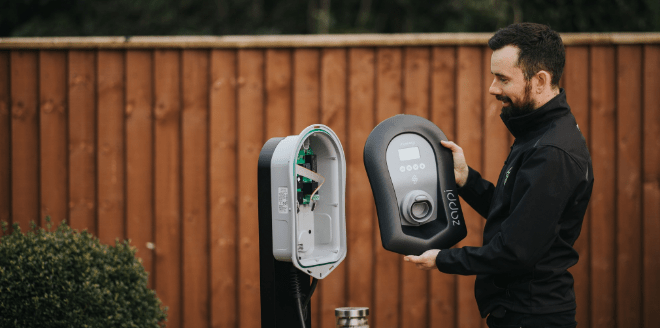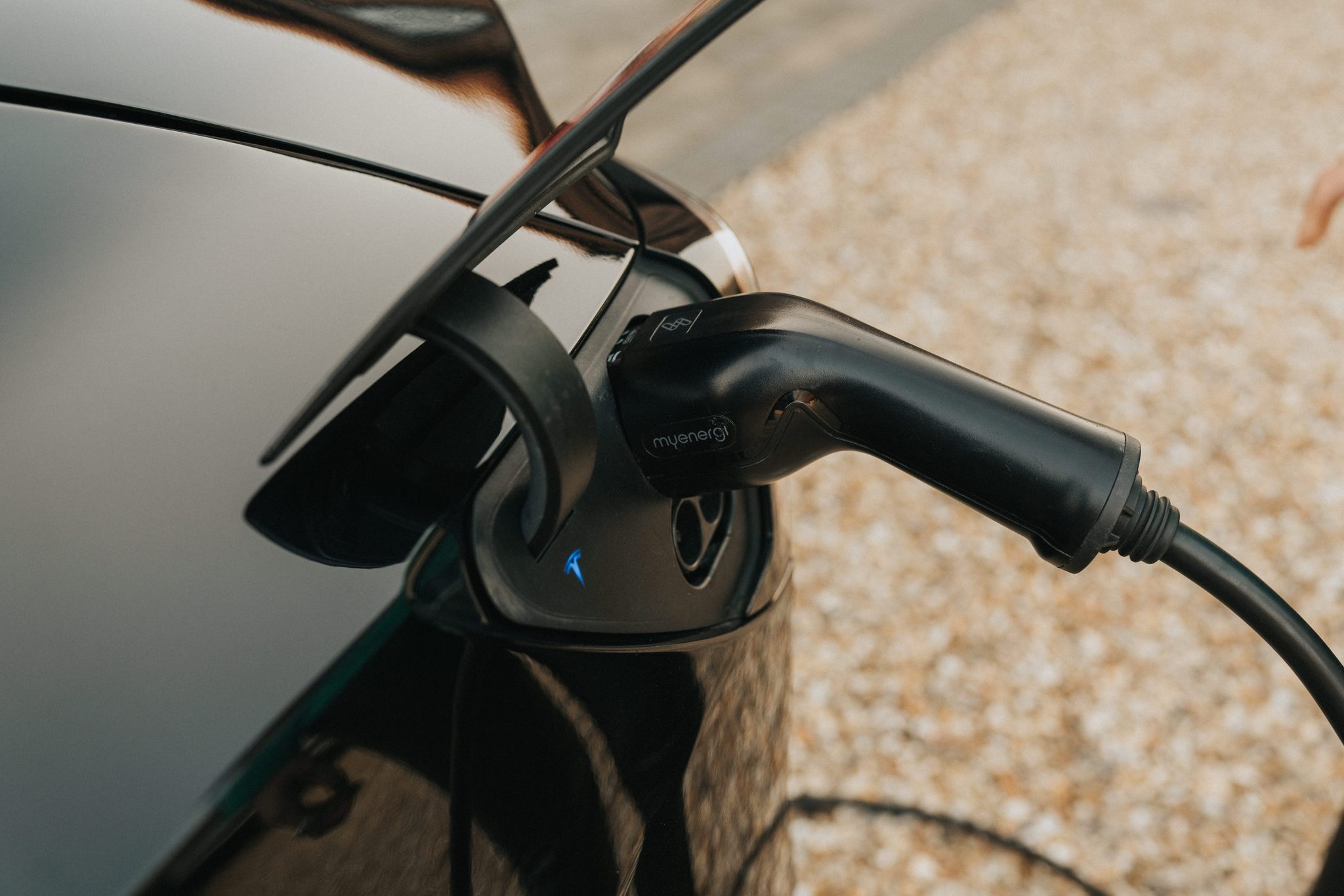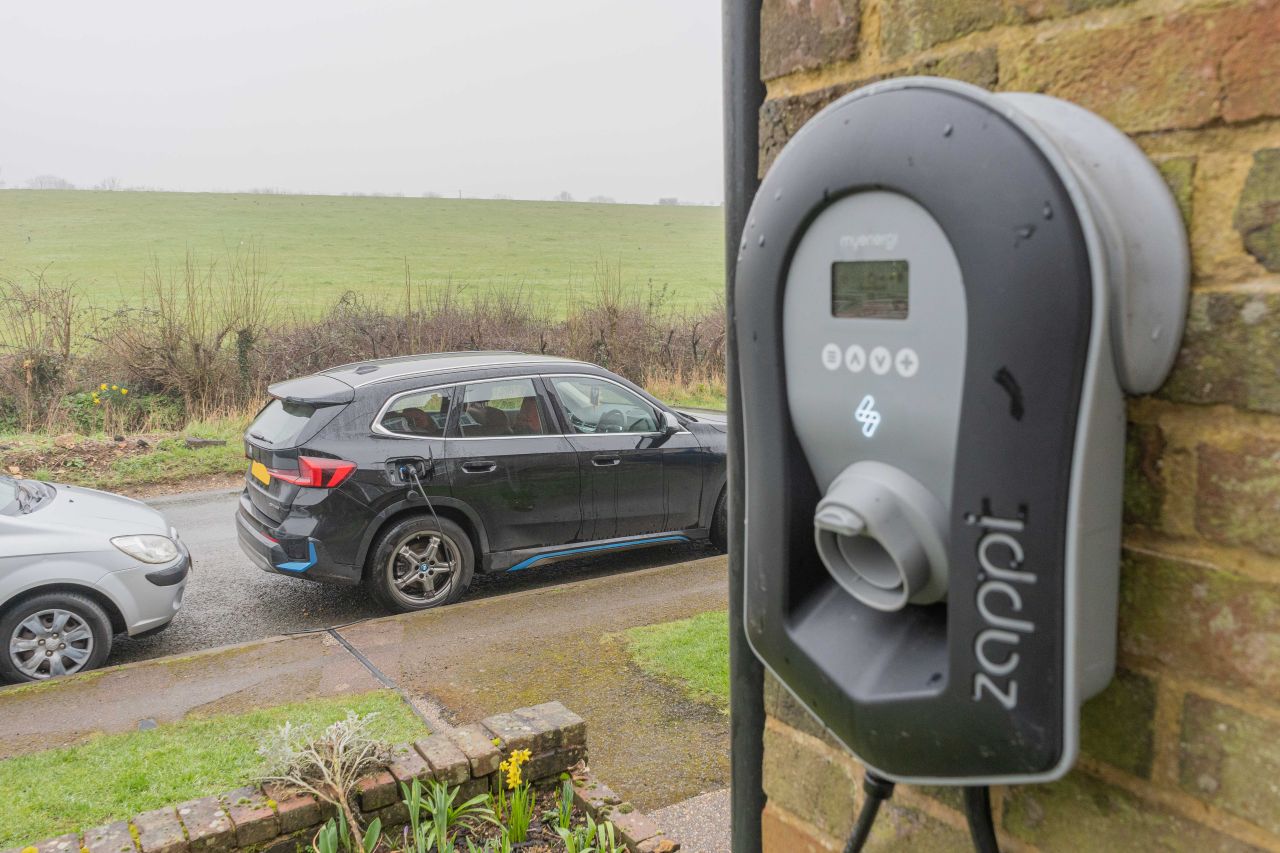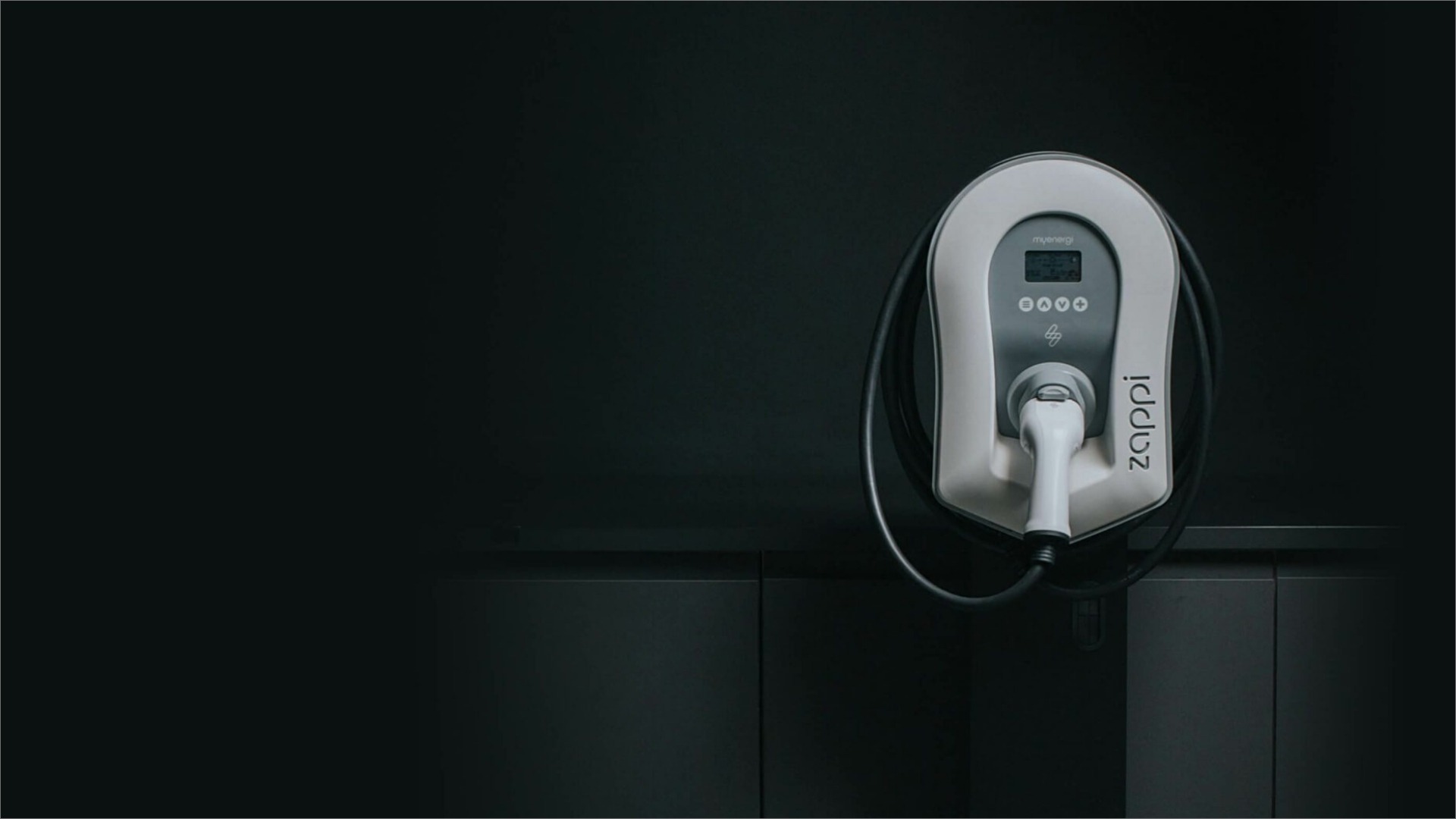According to insight from the Society of Motor Manufacturers and Traders (SMMT), more than 30,500 second-hand battery electric vehicles (BEVs) changed hands in the second quarter of 2023, an 81.8% rise on the same period last year.[1] Used plug-in hybrids (PHEVs) also grew in popularity, with sales up 11%.
In terms of availability, a quick search on Autotrader brings up more than 16,500 results for used BEVs and nearly 11,000 results for used PHEVs, spanning 47 manufacturers and hundreds of models – from hatchbacks and hybrids to coupes and convertibles. The choice is truly vast, and availability is immediate.
While you can’t miss the mix of top-end nearly new models pushing upwards of £100k, there’s also a huge choice of cars for far less than £17,920[2] – the average UK spend on a second-hand vehicle. You might have to compromise a little when it comes to colour, features or mileage, but the listings are packed with brilliant buys!
The used EV market should be thriving – and such impressive growth figures suggest that progress is building fast. However, when you dig beneath the surface, the reality is a little different. Indeed, as a percentage of total used car sales, plug-in vehicles comprise less than 2% of transactions. There seems a dichotomy between the growing opportunity and lacking consumer confidence.
But why? Well, even though the choice is there, many motorists are still put off by misinformation. From battery systems failing and range figures plummeting, to planned obsolescence after an initial three-year finance deal is up, we’ve all heard the rumours.
But what’s the truth? How long can you really keep an EV? When will you need a new battery? Does the range start to drop quickly after purchase? What’s more, with energy market volatility seeing electricity prices rocket, do the risks really outweigh the benefits of EV over ICE?
Are used EVs a ticking time bomb?
In short, no. While perceived battery life is still a concern for some motorists, experts suggest that the average electric vehicle battery (EVB) can last almost 20 years, or 200,000 miles – a significantly longer lifespan than the typical internal combustion engine and far longer than today’s average length of vehicle ownership. What’s more, while battery efficiency will eventually start to drop, the average EV will lose just 2% of accessible range per year – an arguably minor decline.
It might sound obvious, but the latest models have been designed to far outperform their petrol and diesel predecessors. Significant investment has been made by manufacturers into designing ever-more capable vehicles to suit the needs of tomorrow’s drivers and it really shows. The EVs of today, which include those on our list, have excellent ranges, impressive durability and are cheap to maintain thanks to fewer moving parts.
The anti-EV movement will tell you otherwise, but electric vehicles aren’t designed to fall apart after a few years. They’re not programmed to break, to slow down, to lose efficiency or to rack up costly servicing bills. Vehicle manufacturers are pioneering the future with cars that really are here to stay.
So, while scaremongering is commonplace, switching to electric really is the sensible option for motorists. Need a nippy run-around for your trips into town? There’s countless hatchbacks that’ll suit you down to the ground. Need something a little bigger for motorway journeys? You can pick up an SUV, saloon or estate that’ll keep on going for another decade.
But what about the elephant in the room? The volatile energy market and high electricity bills. Will your used EV quickly become a drain on your finances? Will the price cap rise far above falling petrol prices, leaving me between a rock and a hard place? All important questions but, again, motorists shouldn’t be concerned.
While the environmental benefits of EVs are widely publicised, the financial benefits are equally as impressive. At current prices, a small hatchback would cost less than £650 per annum for the average driver to run if they charge at home. Even though these prices will increase when the energy price cap changes, EVs will still be the most cost-efficient option by far – especially with fuel prices pushing £1.50 per litre (for diesel) and an average tank (55 litres) costing upwards of £80.
The real cheat is if you have a solar array and an eco-smart home EV charger, like the myenergi zappi. In this instance, you can effectively charge for free by self-consuming your self-generated renewable energy – zero fossil fuels, zero reliance on the grid, zero emissions travel. Of course, it requires an up-front investment, but the ability to take total control of your home energy use is an attractive one.
So, should you look to the used market for your next EV? Well absolutely – there really is something for everyone. What’s more, with a huge selection and less than average demand, you’ll likely grab a steal!
As we move ever-closer towards 2030, however, the used EV market must become a key part of the UK’s transition to electrification. The laggards and self-professed petrolheads will continue to spread misinformation, but the reality is really quite different from the current driver perception. Let’s not allow rumours to slow the transition to electrification.
[1] Second-hand electric vehicle sales soar to record levels | Business News | Sky News
[2] https://plc.autotrader.co.uk/news-views/retail-price-index/

 Book An Installation
Book An Installation



